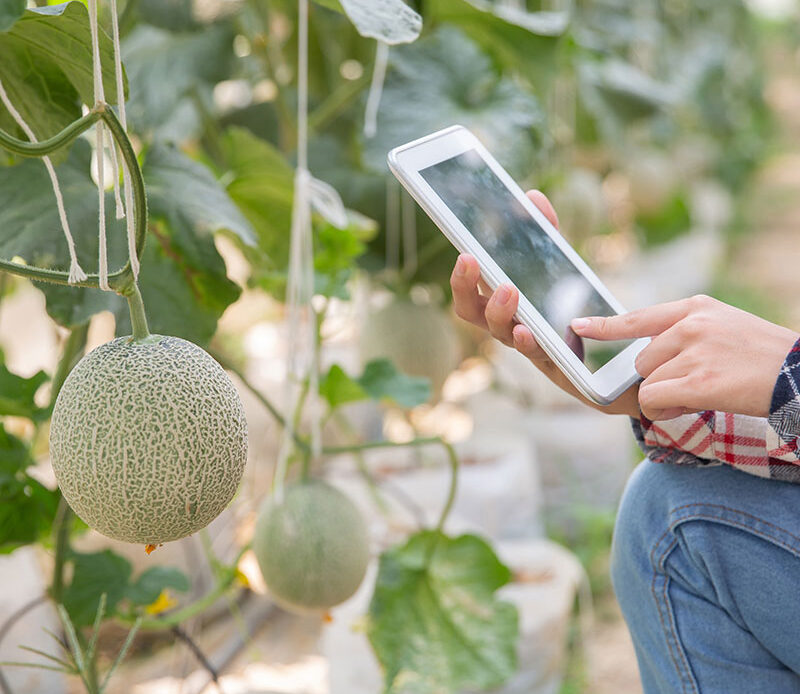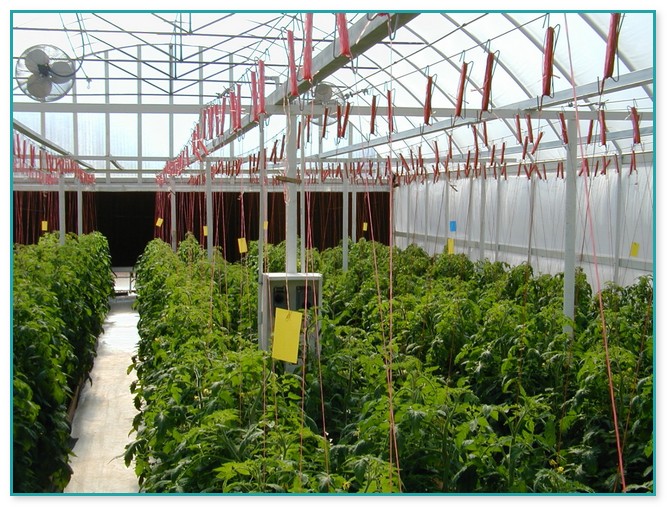Hydroponics at Home and for Beginners : 11 Steps with Pictures
Table of Content
- Do hydroponic plants grow faster than soil-based plants?
- How to Start a Homemade Hydroponic Garden
- Key Rules to Start a Butterfly Garden from Scratch: Butterfly Gardening Layout, Design for Home, and Backyard
- Top 25 Tools for Gardeners: Uses, Functions, and Care
- Hydroponic Farming at Home: How to Start, Kit, Cost, Best Plants for Home Hydroponics
- How to Grow Medicinal Plants at Home: in Pots, Terraces, and Backyard
- How to Grow Moringa Tree from Seeds in Backyard: Planting and Care in Winter
Among them include the ability to grow more plants in a smaller space, fewer pests to worry about and no weeding. Another advantage is that many plants grow faster when raised hydroponically. In fact, some plants are ready for harvest 30 to 50 percent faster than they would be if they were grown in the soil. Perlite is a common part of potting mix, but did you know you can use it to grow potatoes and other vegetables hydroponically?
Meanwhile, Unison members, including paramedics, emergency care assistants, ambulance technicians and other 999 crew, will walkout at five services on December 21. The date and timings of the walkouts will vary between each union and ambulance service, as will the number of staff striking in each area. The unions have agreed nationally to provide a 'life and limb' level of service — which involves responding to category one 999 calls, like cardiac arrests.
Do hydroponic plants grow faster than soil-based plants?
The water in DWC systems does not recirculate, it remains sitting in the reservoir for the entire duration of the plant’s life. This means you must aerate the water to replenish oxygen that is used by the roots. Hydroponic nutrient solutions come in powdered and liquid forms. As a beginner, you may want to start with a liquid solution. Add your growing medium to the bottom of the tray so that it covers the wicks.

Actually, any plant that would do well outdoors in your area is likely to do well in a hydroponic system if you follow the above suggestions. If you choose cotton batting, make sure to use an organic brand because cotton is often heavily sprayed with chemicals. Use a MH system for growth and then an HPS conversion bulb for flowering. I wish I did, but they can be quite expensive as these are very specialized systems.
How to Start a Homemade Hydroponic Garden
After you’ve mixed the water and nutrients, place the top of the bottle upside down so the cap points down towards the water. Add 2 handfuls of a growing medium, like perlite or coconut coir, to the top of the bottle. Finally, put your chosen plant’s seeds in the medium and leave them to grow. A home hydroponic farming kit is a great way to get started with hydroponic gardening. These kits contain everything you need to start, including a growing system, nutrient solution, and grow lights. They are very easy to set up and use and would be a great way to learn about hydroponic gardening.

You can also grow plants indoors without the need for a greenhouse, which is a big plus for those who live in colder climates. If you have a small plant, you will need less water than if you are growing a large plant. You will also need more nutrients to keep your plants healthy. The biggest benefit is that it is easy to maintain and you don’t have to worry about over-watering. It also allows you to get the most out of your water and nutrients. The nutrients used in hydroponics systems are available in both liquid and dry forms, as well as both organic and synthetic.
Key Rules to Start a Butterfly Garden from Scratch: Butterfly Gardening Layout, Design for Home, and Backyard
Make sure the water pump transfers the nutrient solution through the bottom of the channel without leaking. The solution will flow through the channel and the roots of your plants to provide them with constant nutrients before falling back into your reservoir. Ebb and flow systems work on a simple flood and drain model. The plants are flooded regularly each day for twenty to thirty minutes a time – the flood cycle.

Another popular hydroponic method is the Deep Water Culture method. If the Wick System is the beginner method of growing plants without soil, the DWC is the method that requires the least maintenance. With the DWC, the plants are more directly on top of the water and nutrient solution reservoir. The roots of the crop suspend directly in the reservoir, ensuring there is a constant source of nutrients.
Top 25 Tools for Gardeners: Uses, Functions, and Care
With hydroponic gardening, pH levels are extremely important and should be checked regularly. One key factor in system design for a particular crop is how it is supported in the nutrient solution. If you have a sunny window or some grow lights, you can grow potatoes indoors year-round!
Apart from the irrigation system for providing nutrient solution to the crops an additional equipment is needed. This means that you will need pH and EC meters, water temperature meters and nutrient level meters. The choice of light is a function of light demand of the specific crops, capital cost, operational cost, and the area served by a given unit.
Fortunately, hydroponic farming offers a way to grow fruits, herbs, and vegetables all year round. Are you ready to level up your gardening experience at home? With the right lighting and nutrient solutions and other needs of your plants, you can grow your favorite plants easily and practically. It can help you to save more while producing more healthy plants.

Leave the bubbler on the entire time while your plants are growing. Each growing medium can be purchased from your local gardening or yardcare store. Any of these growing mediums will work no matter which plants you’re using. Some symptoms of diseases in plants are spotting, blighting, rotting, and tumors. If you notice any of these symptoms, sterilize your garden, or use a diluted copper spray. To sterilize your garden, remove the pots, temporarily move them to another container, and flood the original container with diluted bleach solution.
I plan on going to my local pool store that does free chemical testing for pH levels. Once I have some information about how the pH of the water changes, I won't need to go as frequently. Place your pots upside down on the top of your container lid. Now trace around each pot with a pencil making sure that no lines overlap. The ideal humidity for a hydroponic grow room is from 40 to 60 percent relative humidity. Higher humidity levels—especially in rooms with poor air circulation—can lead to powdery mildew and other fungal problems.
Comments
Post a Comment